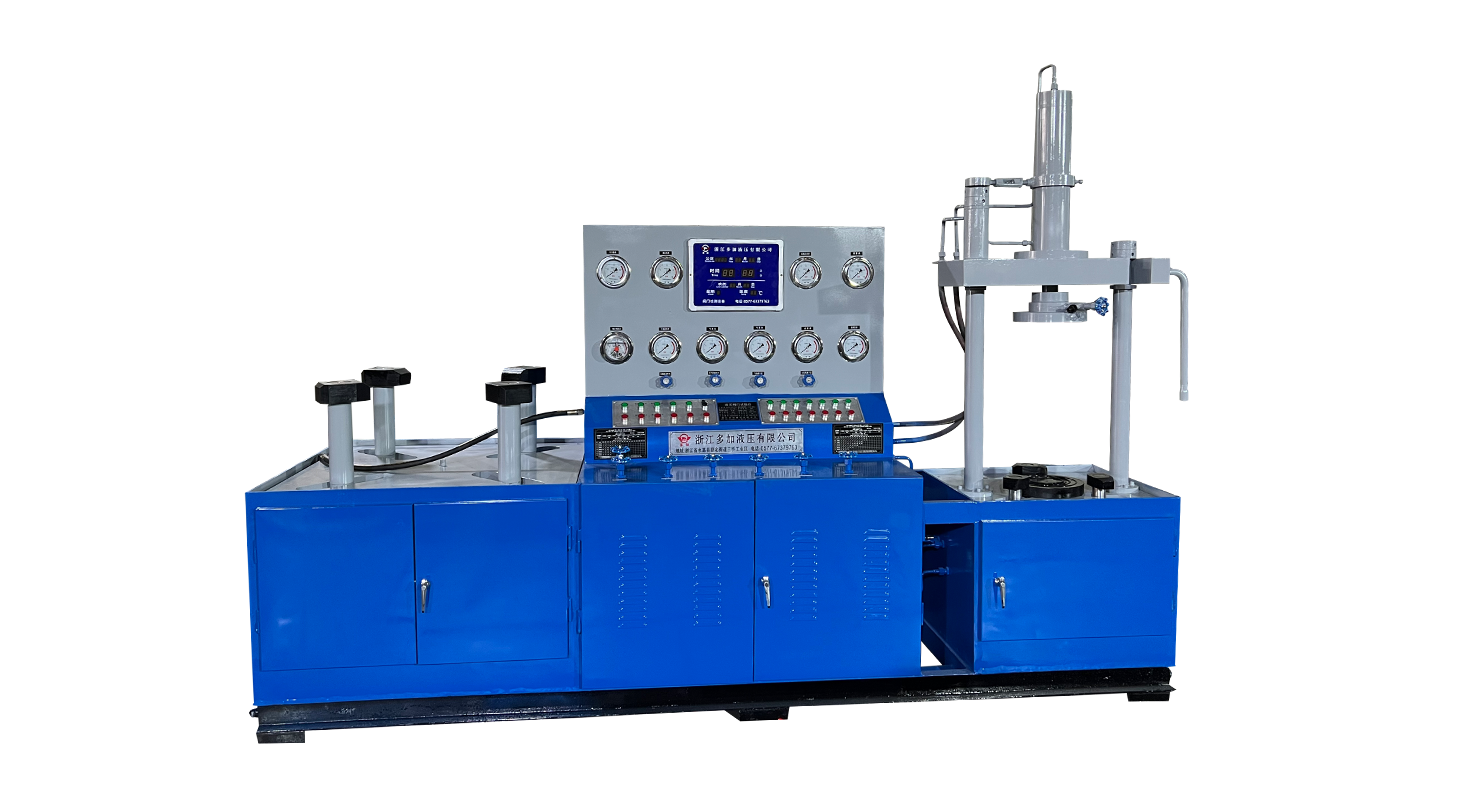Mar 20, 2025
In order to ensure the normal operation of the valve testing equipment and extend the life of the equipment, regular maintenance and repair are very necessary. The following are some of the methods and steps for maintenance:

Regular cleaning
Valve testing equipment should be cleaned regularly. one of all, you need to cut off the power supply of the equipment, and remove the shell and panel, use a clean cloth or eraser to wipe the internal and external components of the equipment. For stains adhering to the surface, use a cleaning agent to clean.
Checking internal connections and cables
After regular cleaning and before reassembling the device, you need to check the internal connections and cables of the device for looseness or damage. Repair or replace damaged components or cables to ensure proper operation of the device.
Check sensors and terminals
Maintenance personnel should also check for damaged or corroded components such as sensors, terminals and controllers on the equipment. If problems are found, these components should be replaced and the cause of the problems repaired.
Calibration equipment
In order to ensure the accuracy and precision of the valve testing equipment, the equipment also needs to be calibrated periodically. Periodic calibration ensures the accuracy and stability of the equipment and corrects deviations due to aging or malfunctioning components. Calibration should be done in accordance with the schedule recommended in the equipment's instruction manual and should be carried out under the guidance of a qualified professional.
Overall, valve testing equipment, no matter how sophisticated, needs to be inspected, maintained, and serviced on a regular basis during its daily use. Maintenance personnel should follow the equipment manufacturer's maintenance protocols and recommendations to ensure proper and long-term operation.
In addition to routine cleaning and inspections, it is important to pay close attention to the specific components and functions of different types of valve testing equipment. For instance, a hydraulic valve testing machine relies heavily on its hydraulic system to simulate real-world pressure and flow conditions. Regular checks of the hydraulic fluid levels, seals, and hoses are necessary to prevent leaks and maintain system integrity. Any signs of wear or damage in these parts should be addressed promptly to avoid equipment downtime or inaccurate test results.
Similarly, the ball valve testing machine requires particular care to ensure that the mechanical and electronic parts responsible for rotating the valve and measuring its performance remain in good working condition. The ball valve's operation involves rotational movement, so it is important to lubricate moving parts periodically and verify that sensors monitoring the rotation angle and torque are functioning correctly. Failure to maintain these components may advance to improper test results or even damage to the valve or the machine itself.
The valve test stand acts as the core platform where different valves are mounted and tested. It is essential that the mounting fixtures and clamps on the test stand are kept secure and free from corrosion or deformation. Loose or damaged clamps can affect the stability of the valve during testing, resulting in unreliable data or safety hazards. Maintenance personnel should regularly inspect these fixtures and replace any worn parts to ensure that valves are held firmly and safely during tests.
Moreover, the electronic control systems of valve testing equipment deserve careful attention. These systems control the pressure application, data acquisition, and display functions. Any malfunction or drift in sensors, controllers, or software can compromise test accuracy. Routine diagnostics and software updates, when applicable, are part of an effective maintenance schedule. Calibration of sensors, including pressure transducers and torque sensors, should be conducted at intervals consistent with the manufacturer’s guidelines to maintain data reliability.
It is also advisable to maintain detailed logs of maintenance activities, calibration records, and any repairs performed. These records not only help in tracking the condition of the equipment over time but also assist technicians in diagnosing recurring issues or planning for future upgrades. A well-maintained hydraulic valve testing machine or ball valve testing machine that is serviced regularly on a valve test stand will provide consistent performance and reduce unexpected failures.
Training for maintenance personnel is another critical factor in extending the lifespan of valve testing equipment. Technicians should be familiar with the specific operational principles and components of each machine they service. This includes understanding the unique maintenance requirements of hydraulic systems versus pneumatic or electric components found in various testing machines. Proper handling during maintenance procedures helps to avoid accidental damage to sensitive parts.
Finally, environmental conditions in the testing facility can influence the longevity and reliability of valve testing equipment. Excessive humidity, dust, or temperature fluctuations can accelerate wear and affect electronic performance. Where possible, maintaining a controlled environment, using protective covers, and installing air filtration systems will help protect the equipment from external factors.
In summary, regular and thorough maintenance of valve testing machines—including hydraulic valve testing machines, ball valve testing machines, and all equipment mounted on a valve test stand—is essential for ensuring reliable operation and accurate testing results. By adhering to recommended cleaning routines, inspection protocols, calibration schedules, and environmental controls, organizations can maximize the utility and lifespan of their valve testing equipment.